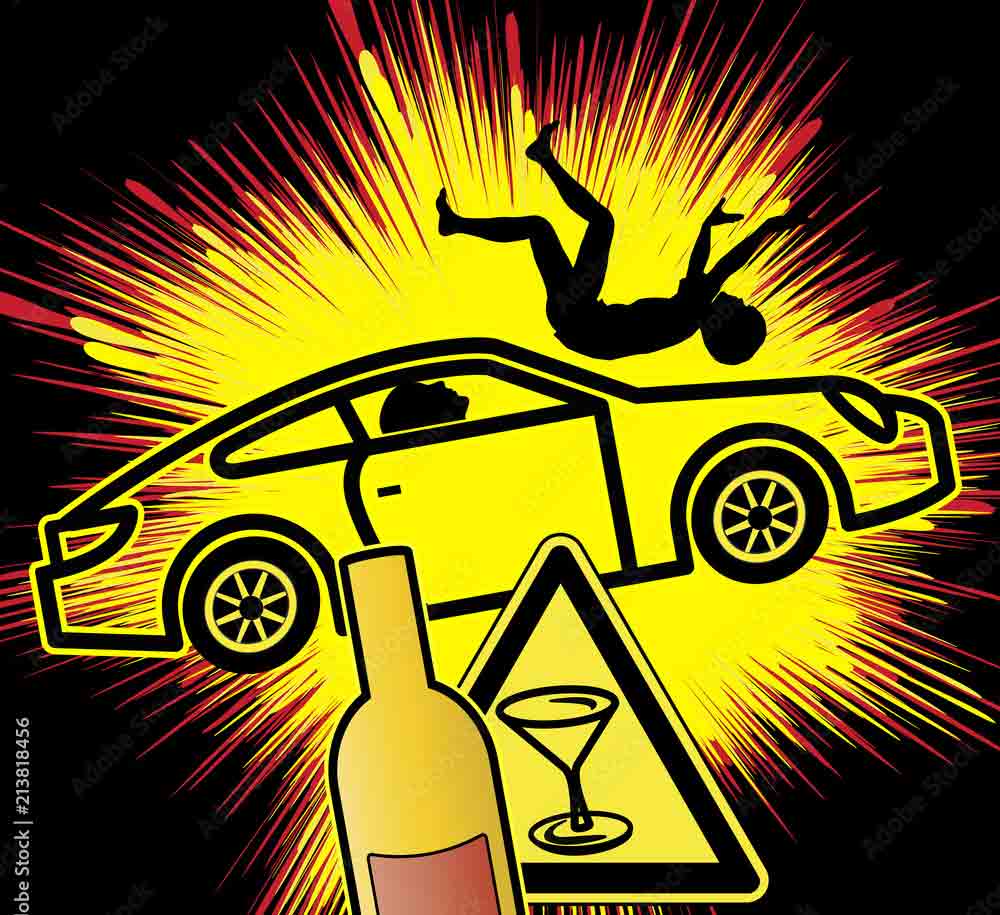
By Jan White
[email protected]
CROCKETT – On Wednesday, March 1, students from schools across Houston County gathered at the Crockett Civic Center to participate in the Teen Safety Summit, sponsored by the Texas A&M AgriLife Extension. The Summit is an annual event designed to bring awareness to topics harmful to teenagers.
The event featured presentations and interactive activities designed to educate teens on how to deal with some of the temptations and challenges they face. One of the Summit’s highlights was the return of Sean Carter of ‘WhenSeanSpeaks.’ Carter and his mother, Jenny, travel nationwide, sharing his drunken driving awareness campaign with high school and college students.
Like many teenagers and young people, Carter began drinking in high school. He and his friends would attend “pasture parties” or visit a friend’s house when their parents were away. “My mom always told me not to drink and drive and not to ride with anyone that had been.” But like most young people, Carter believed nothing terrible would ever happen to him.
At the time, Carter was attending a small Texas university. “For some people, getting drunk is viewed as one of the most important this you do while in college,” Carter said. On March 27, 2005, he and his buddies had been out drinking, and according to Carter, his biggest mistake was getting into his friend’s truck, not realizing how much alcohol the driver had consumed. They were only a short distance from Carter’s apartment when the driver lost control of his vehicle, which spun around and slammed into a tree on the passenger side where Carter was sitting.
Jenny Carter listed all the injuries her son suffered from the crash. “His entire right side was shattered; his pelvis was shattered; his bladder ruptured; his liver and spleen were torn; his right lung collapsed; his right arm and both collarbones were broken.” Along with his other injuries, Carter had suffered a diffuse axonal brain injury. When he came out of his coma 39 days later, Carter was unable to speak or walk.
While his other injuries eventually healed, the brain trauma was one thing Carter could not overcome. He needed help with even the most minor tasks for the first five years after the collision. He admits that his recovery was difficult, and many times he considered taking his life, but he was physically unable due to his lack of mobility.
Today, Carter is still a visual testimony to the consequences of his errant decision. He can’t speak, so he communicates using a computer-generated voice. Learning to walk with a walker has taken him more than 10 years. “We could not have gone through this without believing in God,” says mom Jenny.
It was Sean Carter’s idea to go on the road and share his story. “ It would be so awesome to speak to huge audiences, to help other young people from making the same mistake I made of getting into a vehicle driven by a drunk driver.” So instead of taking his life, he took on a greater cause – helping to raise awareness of what can happen from drunk driving. “Society glamorizes alcohol so much. What is never shown are the people who are like me or those who are worse off than me.”
Underage drinking is a serious problem in the United States. Here are some alarming statistics parents might not be aware of:
• In 2019, about 24.6 percent of youth ages 14 to 15 reported having at least one drink in their lifetime.
• In 2019, 7.0 million youth ages 12 to 20 reported drinking alcohol beyond “just a few sips” in the past month.
• People ages 12 to 20 drink 4.0 percent of all alcohol consumed in the United States.
• More than 90 percent of all alcoholic beverages consumed by youth are consumed through binge drinking
• Children of actively involved parents are less likely to drink alcohol. However, if parents provide alcohol to their children or they engage in alcohol misuse, adolescents have an increased risk of misusing alcohol.
Implementing prevention strategies during early adolescence, like the programs offered in the Teen Safety Summit, can play a meaningful role in shaping youth’s attitudes toward harmful behaviors.










Comment
Comments